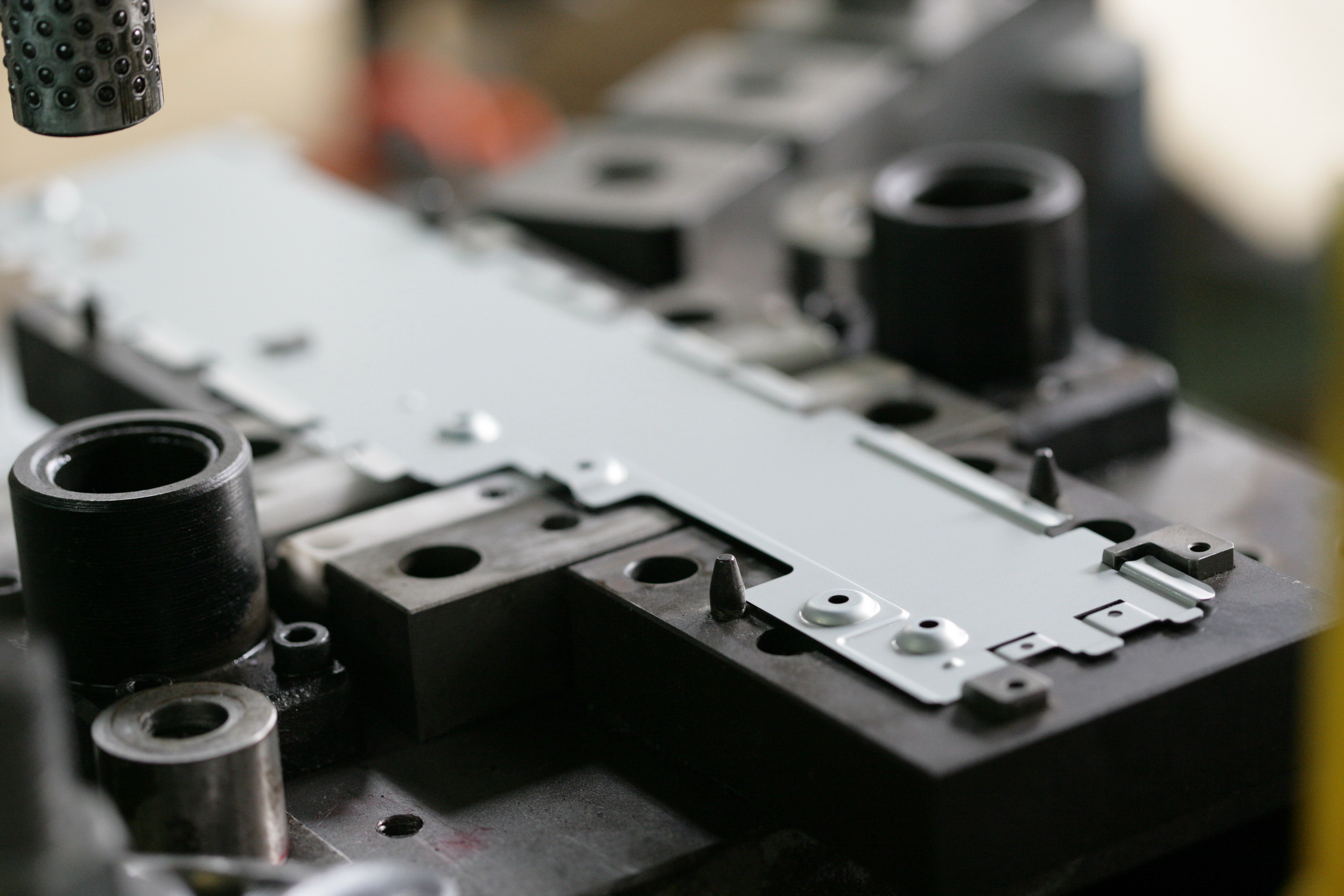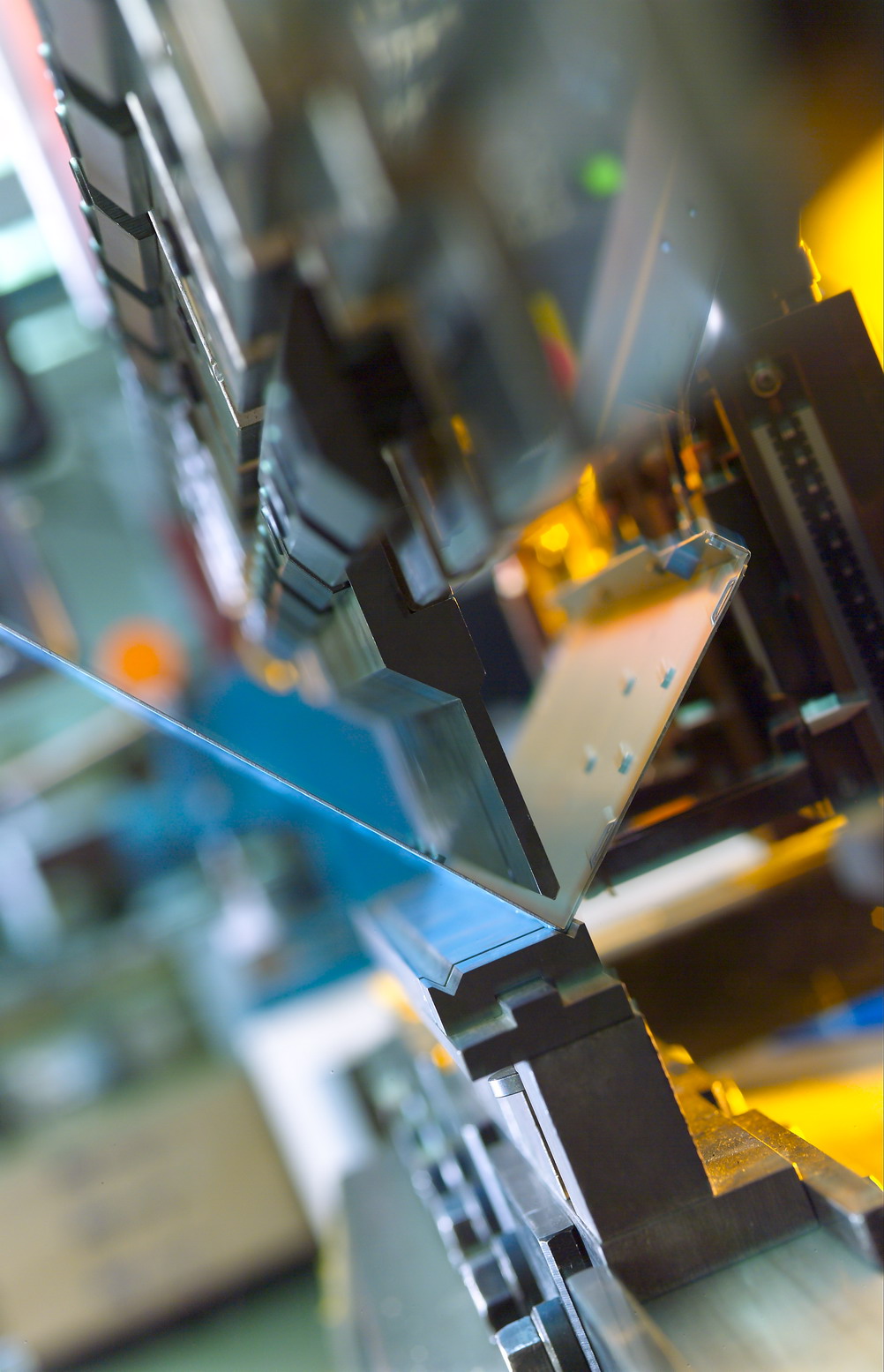Product Segments
Product development
Our design engineers will review the initial product design with our customers' engineers and suggest improvements with a view to reach the final product design. Our design engineers use CAD software like Solid Designer, Solid Works, Pro-Engineers, Unigraphics, Solid Edge as well as AutoCAD 2000 to carry out their design work and drawings.
Prototyping
Prototype samples of the metal parts are produced according to our customers' requirements for trial purposes with a view to exploring the best design to meet our customers' needs in terms of reducing scrap materials and lowering the costs of production, as well as improving the product design to reduce time and costs of assembly.


Tool and Die Fabrication
Fabrication is facilitated by the CAM workstation, where different parts of the tool and die are formed according to design specifications on computer-controlled machines. Then, heat treatment is applied to increase the tensile strength of the material, and improve the quality of the steel. The next process is wire-cutting, after which the various parts and components are assembled to form the complete set of the tool and die.



Production and Mechanical Sub-assembly Services
The fabricated tool and die are fitted onto the metal stamping machine for the production of the 'first article'. Once approved, mass production commences. A metal part is formed when a metal stamping machine presses on the metal sheet. Our group owns different types of metal stamping machines of weights ranging from 45-400 tonnes in different models, such as Eccentric Geared Press and C-Frame Singapore and Double Crank Power Press.




Plastic Injection Moulding process
Plastic injection moulding is the process of manufacturing moulded plastic components of varying shapes and sizes according to our customers' specifications. Plastic materials of two different colors are combined to form one component during a single manufacturing cycle using one injection moulding machine. This process is essentially similar to conventional injection moulding, with the main difference being the utilization of two sets of moulds with different cavities but identical cores.


